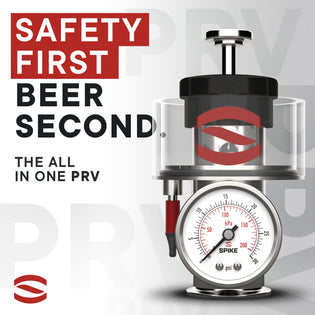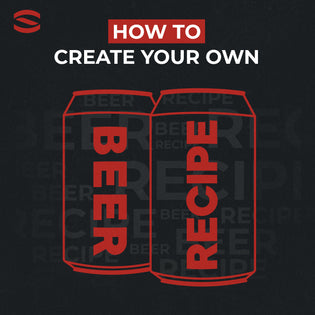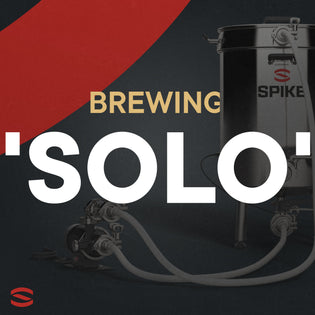By Joe Yeado
As a homebrewer for 10 years (before I started Gathering Place Brewing Company) there were a few purchases that really helped elevate my game. A corny keg cut down on the time I spent waiting for bottles to condition and carbonate, and a kitchen scale really helped me dial in hop additions and bitterness levels. But the best piece of equipment I bought was a yeast starter.

The 411 on Pitching Yeast
Direct pitch yeast, in a vial or slap bag, was a huge leap forward for the homebrewing community and helped usher in a brewing renaissance. However, it’s important to get the freshest yeast possible. As yeast ages the cell count drops, meaning the actual number of cells are often much less than advertised on the packaging. Underpitching yeast can lead to a host of problems, from slow fermentation to the production of off flavors.
What Is A Yeast Starter Kit?
A yeast starter kit is a relatively inexpensive purchase that will help your beer ferment more quickly and completely while reducing the production of off flavors that will negatively affect your beer.
How To Use A Yeast Starter Kit?
You’ve spent a lot of time researching which grains to use for your recipe and tracked down the newest, sexiest (most expensive?) hops to make your beer perfect. Why risk all that hard work by underpitching your beer?
A yeast starter is an easy and inexpensive way to ensure that your beer gets the healthy yeast it needs. A starter kit will include an Erlenmeyer flask, foam stopper, and some dried malt extract (DME). I recommend using a 1 liter flask for 5 gallon batches and a 2 liter flask for larger batches. A common rule is to use 100 g DME per liter water for your starter.

How to Prep Your Yeast Starter the Day Before You Brew
- Bring the water to a boil, add DME, boil for 15 minutes, and cool the liquid to pitch temp.
- Meanwhile, sanitize the Erlenmeyer flask, stopper, and direct pitch yeast package.
- Pour the cooled wort into the flask (a sanitized funnel helps) and add the yeast.
- Swirl the flask to aerate the wort and then cover the flask in a towel and let sit at room temp.
For High Gravity Beers and Lagers
High gravity beers and lagers require higher yeast cell counts, so you can repeat the process to ensure the starter is full of healthy yeast.
- To do so, put the flask in the fridge so the yeast falls out of suspension and collections at the bottom.
- Carefully pour some liquid out of the flask to ensure there’s enough room to add more wort.
- Then repeat the steps to boil and cool DME and top off the flask with fresh wort.
Better Beer
A yeast starter kit is a relatively inexpensive purchase that will help your beer ferment more quickly and completely while reducing the production of off flavors that will negatively affect your beer. The result will be better tasting, more consistent beer.

FAQs
Are yeast starters worth it?
Absolutely! By making a starter, you can buy half the amount of yeast you would need if you did not make one. Depending on your batch size, this could save you $10-$30. Making a yeast starter also wakes up the dormant yeast. So your yeast will start fermentation faster than if you just add yeast straight from the packet to the fermenter. Happy yeast will result in better beer.
Can I use dry yeast as a yeast starter?
Yes! Dry and liquid yeasts can be used to make starters. Dry yeast packets usually have more yeast cells than liquid packets though. It's always good to check the recommended batch size on the packet. If you are making a 5 gallon batch, one dry yeast packet may suffice. If you need more, you can certainly make a starter with the dry yeast.
How long can a yeast starter last?
Ideally you should make a yeast starter 24-48 hours before you plan to pitch it into your fermenter. If needed, you can refrigerate the starter for one week.

Joe Yeado is an example of a homebrewer turned pro brewer. He’s the Founder and President at Gathering Place Brewing Company in Milwaukee, WI.

Gathering Place Brewing Company
An award winning, community focused craft brewery located in Milwaukee's Riverwest neighborhood, with a new second location in Wauwatosa. Opened in 2017, Gathering Place makes European inspired styles with modern American twists.




